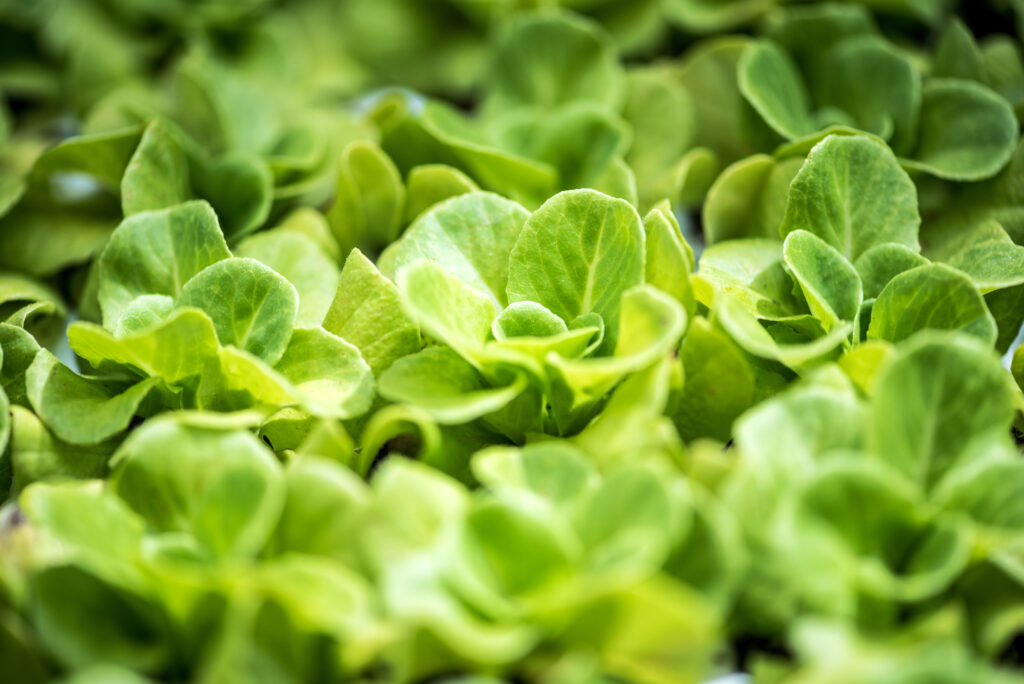Summary of Effect of Vegetal- and Seaweed Extract-Based Biostimulants on Agronomical and Leaf Quality Traits of Plastic Tunnel-Grown Baby Lettuce under Four Regimes of Nitrogen Fertilization
Boosting Baby Lettuce Growth with Biostimulants
Enhancing Lettuce Performance with Plant Biostimulants
Biostimulants are valuable tools in agriculture for improving leafy vegetable growth. In baby lettuce, foliar applications of legume-derived protein hydrolysate (LDPH), tropical plant extract (TPE), and seaweed extract (SwE) enhance plant vigor, leaf development, and overall productivity under both low and optimal nitrogen levels.
Yield Improvements with Biostimulants
Nitrogen fertilizers increase lettuce yield up to 20 kg N·ha⁻¹, but excessive amounts can reduce antioxidant content. Applying biostimulants enhances baby lettuce by boosting growth and fresh yield, particularly under suboptimal nitrogen conditions. LDPH and SwE treatments increased marketable yield by 6–14%, showing that biostimulants can complement nitrogen fertilization while reducing reliance on synthetic inputs.
Physiological and Nutritional Benefits
Biostimulants improve chlorophyll content, SPAD index, and photosystem II efficiency, resulting in healthier, more productive plants. LDPH in particular enhances antioxidant activity and total ascorbic acid (TAA) without raising nitrate levels. These benefits improve both marketable yield and nutritional quality, making biostimulants a sustainable option for baby lettuce cultivation.
Sustainable Solutions for Leafy Vegetables
Using biostimulants supports sustainable production by optimizing nitrogen use and increasing productivity in low-fertility soils. Farmers can maintain high yields and leaf quality while minimizing environmental impact, making biostimulants a practical tool for eco-friendly agriculture.
Conclusion: Biostimulants enhance baby lettuce by improving growth, yield, and nutritional quality, especially under limited nitrogen conditions. Integrating foliar biostimulant treatments into lettuce production helps achieve higher productivity and sustainable farming practices.
Publication: Agronomy









